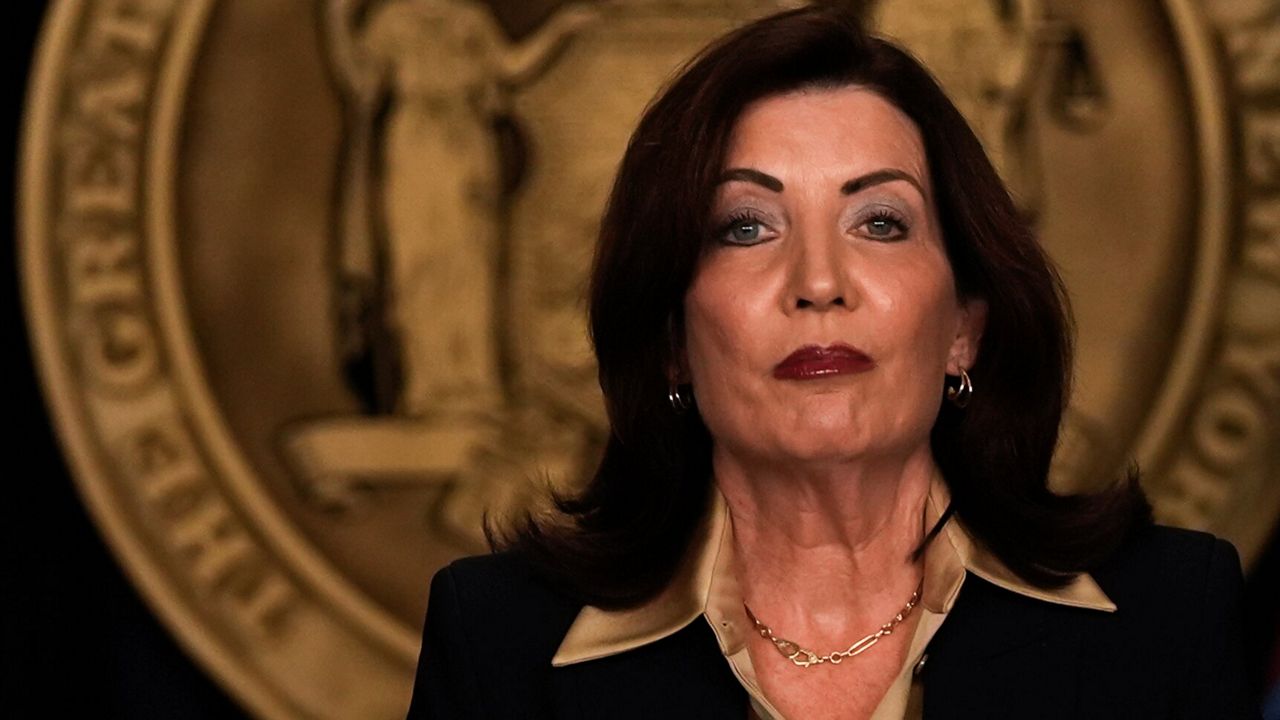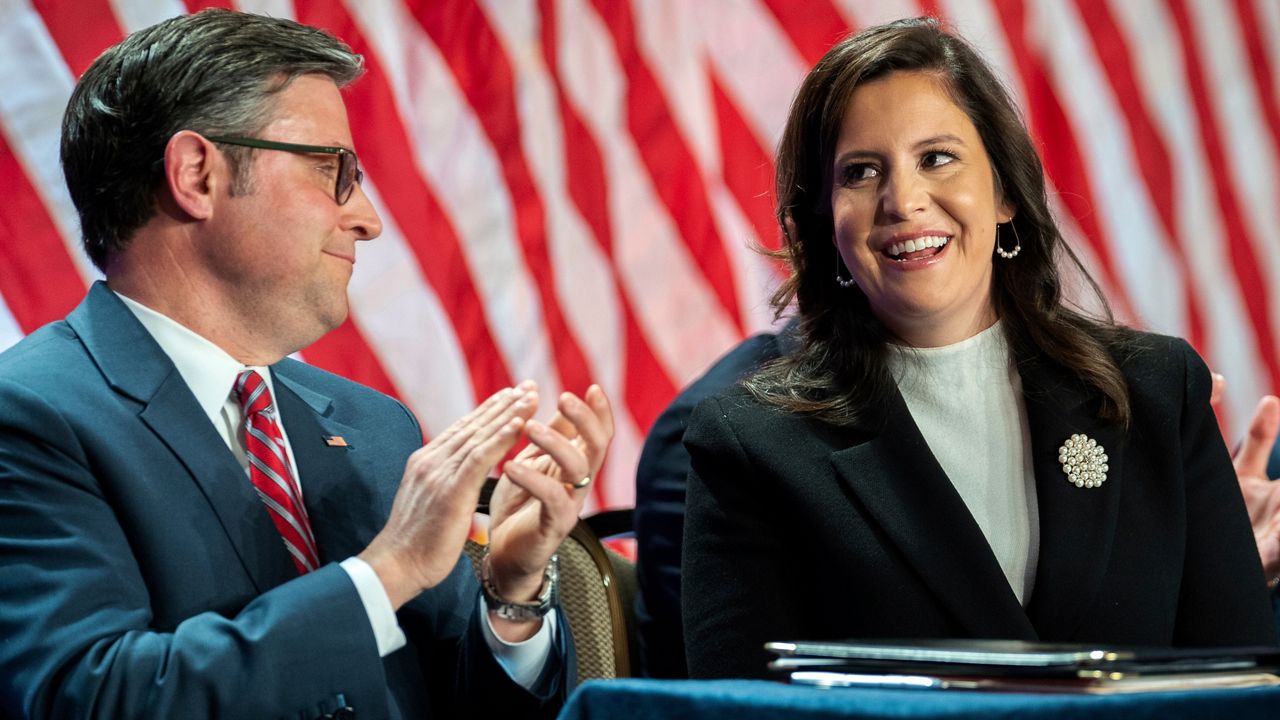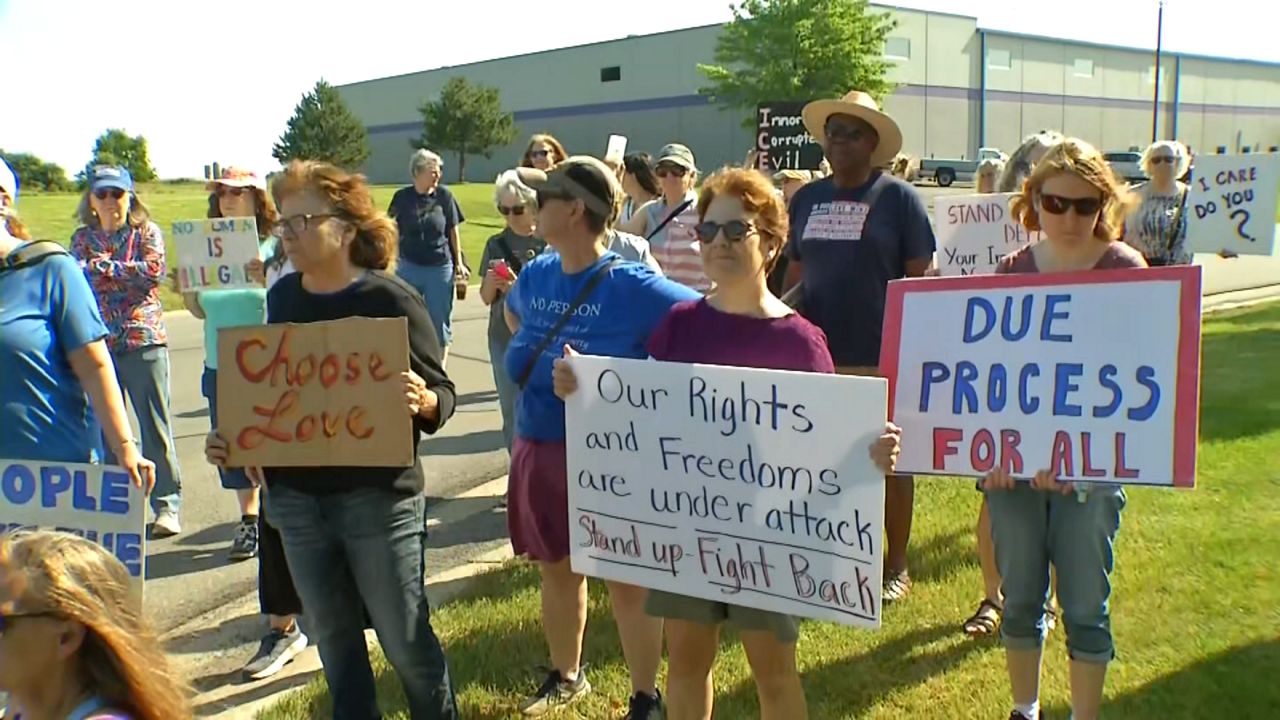School administrators continue to be skeptical they'll satisfy the state mandate to electrify all school buses by 2035, but next legislative session, deepening bus driver shortages may put electrification woes in the back seat.
Advocates are pushing lawmakers to get creative to address the consequences of this year's 15% statewide shortage of school bus drivers, which will become more apparent as schools return from summer break this week. The shortage was made worse by a slew of retirements amid the COVID pandemic in addition to the nature of the job, its part-time schedule and pay that varies by district.
"The situation is dire," said David Christopher, executive director of the state Association for Pupil Transportation. "We just did a poll, and 80% of our members said they're short of drivers and we need to recruit more."
Assemblyman Bill Magnarelli, who chairs the chamber's Transportation Committee, says the shortage of drivers is concerning, and policymakers will explore potential solutions until they return next year.
"We're going to have to take a look at that and see whether or not we're funding transportation in the proper way," said Magnarelli, a Democrat from Syracuse.
The Legislature recently passed legislation to allow New Yorkers ages 18 to 20 with a driver's license to obtain a Class A Commercial Driver's License by completing the state's new training program for young adults.
Advocates plan to will discuss potential proposals with lawmakers and Gov. Kathy Hochul's office in the coming months to address the shortage, including making it permanent to waive the income threshold for retirees to earn from a second income, requiring districts to increase driver pay — which averages $40,000 annually in New York — make bus driving a community service, improve recruitment strategies and more.
Solutions may be difficult to legislate, Magnarelli said Wednesday, but policy could be changed further to make it easier for other groups, like military veterans, to get a commercial license more quickly.
"Everybody is trying to do whatever they can to get more people with the CDL license — that's No. 1," the assemblyman said, adding the issue is developing into a larger legislative priority.
"It's something that is a priority for lawmakers," he said. "We want to make sure that all the children are safe and that they get to school because that's where we want them."
But lawmakers say they have received many more calls, questions and complaints about the bus electrification mandate under the Climate Act. The law bars districts from purchasing additional buses that burn diesel starting in 2027 in preparation for the 2035 deadline.
It's a quick timeline Christopher says lawmakers should review, as it would require replacing between 3,500 and 4,500 buses per year to meet the current mandate.
"That has to be looked at quickly and resolved in order to continue a rational replacement schedule for school districts," he said.
About 50 electric school buses operate in New York out of the state's total fleet of 45,000 buses. A new diesel school bus costs around $130,000, Christopher said, while electric school buses cost more than double that, or more than $400,000 each.
School administrators have myriad concerns about the statewide mandate, questioning where the needed funding, infrastructure, space for charging stations and more will come from to meet the deadline.
The state Energy Research and Development Authority continues to finalize guidelines to help schools and municipalities plan for zero-emission buses and apply for project funding.
"We're looking at 18 months now where we still don't have that guidance, and so it'd be really important for the state to let districts and power utilities and other actors here know exactly what they should be doing to meet this mandate," said Brian Cechnicki, executive director of the state Association of School Business Officials.
The department's Roadmap and Guidebook to help schools electrify bus fleets are expected to be released soon, NYSERDA officials said Wednesday. The department would not specify when.
NYSERDA is also working to finish criteria for school districts to apply for $500 million to assist schools transition to zero-emission school buses and infrastructure. The funding comes from last year's $4.2 billion Clean Water, Clean Air, and Green Jobs Environmental Bond Act.
"Once the criteria is finalized and released there will be more information provided about program eligibility, incentive amounts, process and timing," department officials said.
School bus funding is also available under the New York Truck Voucher Incentive Program, which helps cover the cost of zero-emission buses.
NYSERDA also offers funding for technical assistance studies to schools about how to electrify their fleets.
"Schools can have up to 100% of the cost of these studies covered," according to the department.
Pushing for more clarity about bus electrification will remain a priority, but Christopher says advocates will focus next year's legislative pressure on what must be done to retain more bus drivers.
"The driver shortage issue is the issue of the day because if we can't get enough people to drive those buses, it doesn't make a difference if we electrify those buses or not," he said.









